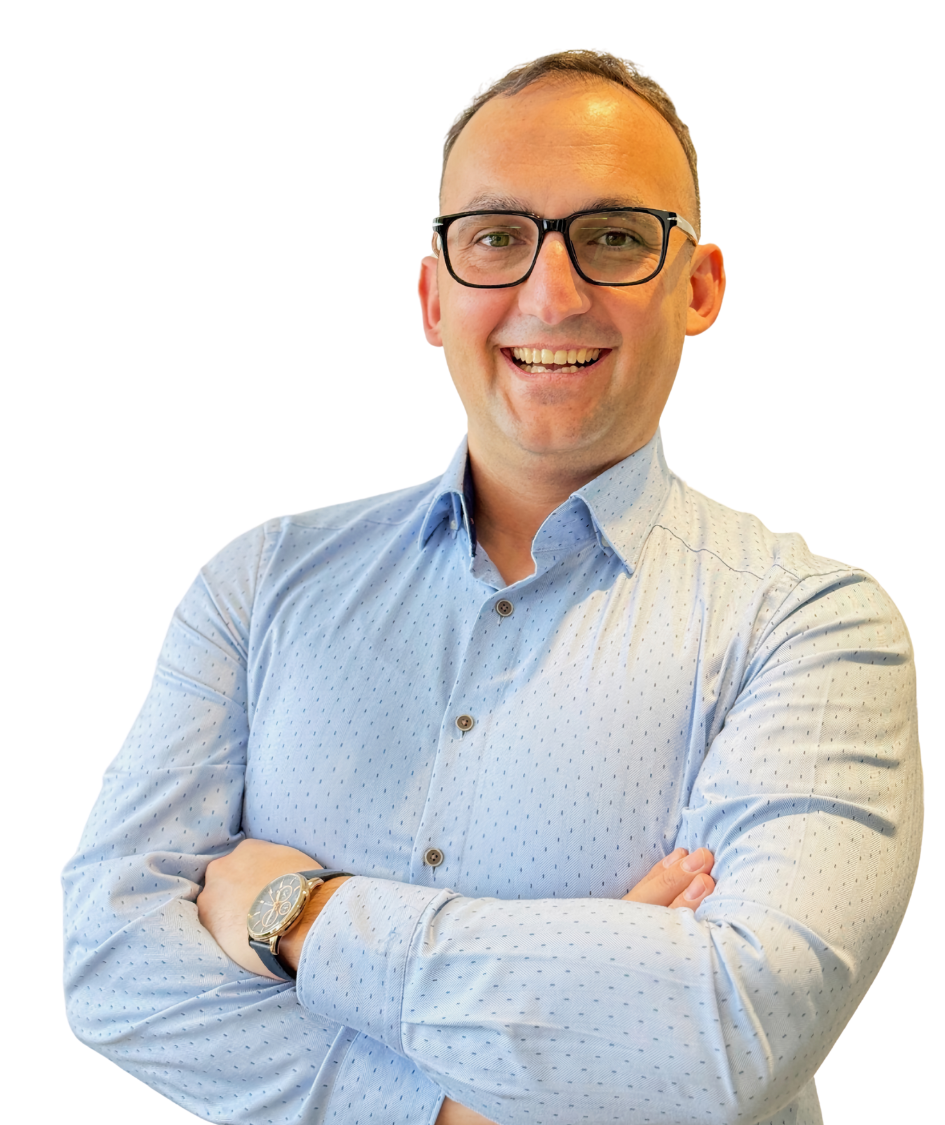Unpain Podcast
Episode #2
Learn how to cure and relieve your chronic shoulder pain!


Chronic Shoulder Pain Is More Than Just a Rotator Cuff Problem
If you’ve been dealing with shoulder pain for months (or years) and nothing seems to work, you’re not alone. Many people go through physiotherapy, massage, chiropractic adjustments, injections, and even surgery—yet the pain keeps coming back.
The truth is, most shoulder pain isn’t just about your shoulder. It’s about how your entire body is functioning. At Unpain Clinic, we take a whole-body approach to pain, using cutting-edge treatments like Shockwave Therapy to break the cycle of chronic pain, restore movement, and help you avoid unnecessary surgery.
In this episode, Uran Berisha and Shauna dive deep into why shoulder pain lingers, why MRIs and X-rays don’t tell the full story, and how Shockwave Therapy is changing the game for chronic pain sufferers.
Why Shoulder Pain Treatments Fail
Many people believe that if their MRI or X-ray shows a rotator cuff tear, tendonitis, or a dislocated bicep tendon, then that must be the cause of their pain. But here’s the shocking truth—many people walk around with massive tears and have no pain at all, while others with minor injuries experience unbearable pain and loss of function.
If you’ve been told you have a rotator cuff tear and need surgery, it’s time to reconsider. Studies show that up to 40% of people have rotator cuff tears and don’t even know it because it’s not causing them pain. The real issue is often dysfunction in other areas of the body—not the tear itself.
The Common (And Failing) Approaches to Shoulder Pain
Most people start with painkillers or anti-inflammatories, which only mask the problem. When that doesn’t work, they try physiotherapy, massage, or chiropractic adjustments—which may help temporarily but don’t always provide lasting relief.
The next step is often cortisone injections, but these only block pain signals without fixing the actual dysfunction. Over time, repeated cortisone shots can even weaken your tissues, making the problem worse.
For those who continue to struggle, surgery becomes the last resort. But even after shoulder surgery, many people still have limited mobility, persistent pain, and the same underlying dysfunction that caused their pain in the first place.
The Hidden Causes of Chronic Shoulder Pain
At Unpain Clinic, we look beyond the obvious. If you’ve tried everything and nothing works, it’s time to consider the deeper causes of your pain:
The Unpain Clinic Solution: Shockwave Therapy + Whole-Body Treatment
If you’re tired of being stuck in pain and bouncing from one failed treatment to the next, it’s time to try something different. At Unpain Clinic, we combine:
One of our most powerful tools is Shockwave Therapy, which penetrates up to 12 cm deep into the tissues, reaching areas that hands, massage, or dry needling simply can’t.
Shockwave Therapy triggers angiogenesis (new blood vessel growth), stimulates stem cells for tissue repair, and restarts the body’s natural healing process. That’s why so many of our clients experience significant pain relief and improved mobility within just a few sessions.
Before You Consider Surgery, Try This First
Surgery should be the last resort—not the first option. If you’ve been told that surgery is your only choice, ask yourself:
Your Shoulder Pain Isn’t Permanent—You Just Need the Right Approach
If you’re still struggling with chronic shoulder pain, it’s time to stop chasing symptoms and start fixing the root cause. This episode breaks down exactly why traditional treatments fail and how a whole-body approach using Shockwave Therapy can get you out of pain—for good.
Listen now and discover how you can finally reclaim your movement, strength, and quality of life—without surgery, without painkillers, and without endless treatments that don’t work.
Chapters
Key Takeaways
ABOUT THE HOST
Uran Berisha
Uran Berisha is a highly respected leader in pain management and musculoskeletal therapy. As the Founder of Unpain Clinic, he has dedicated his career to helping individuals find lasting relief from chronic pain. His expertise in Shockwave Therapy has made him one of North America’s foremost specialists in this innovative treatment.
With a deep passion for improving lives, Uran strives to provide cutting-edge solutions for those who have found little success with traditional treatments. His commitment to understanding chronic pain has led him to specialize in musculoskeletal conditions that resist conventional therapies.
As a pioneer in Shockwave Therapy, Uran has led groundbreaking research and developed revolutionary techniques to treat chronic pain. By tailoring treatment plans to each patient, he targets the root causes of musculoskeletal issues, promoting faster healing and long-term recovery.
His success as a Shockwave Therapy expert stems from his unmatched dedication and compassionate approach. With a profound understanding of the human body’s mechanics, he expertly analyzes pain patterns to develop highly effective treatments. As a result, he has transformed the lives of countless individuals who had lost hope.
Beyond his clinical work, Uran actively advances the field through workshops, seminars, and speaking engagements. His goal is to educate healthcare professionals on the immense potential of Shockwave Therapy. Thanks to his innovative methods, he has gained widespread recognition and respect from experts worldwide.
His contributions to pain management have earned him acclaim from patients, medical professionals, and the healthcare community. Through his unwavering pursuit of excellence, Uran continues to redefine pain treatment, empowering individuals to regain control of their health and well-being.
ABOUT THE GUEST
Shauna Mann
Shauna Mann is a distinguished physiotherapist and health coach with extensive experience in holistic healthcare. She earned her Bachelor of Science in Physical Therapy from the University of Alberta in 2000. Expanding her expertise, she became a Certified Health and Life Coach through the Health Coach Institute in 2021. In 2022, she furthered her education by obtaining certification as a Transformational Nutrition Coach from the Institute of Transformational Nutrition.
Currently, she is deepening her knowledge as an IFMCP candidate with the Institute of Functional Medicine.
Her approach to physiotherapy is both revolutionary and holistic. Instead of focusing solely on symptoms, she considers the underlying causes of chronic pain, injuries, and diseases. By recognizing the interplay between environmental, psychological, spiritual, and social factors, she develops well-rounded treatment plans. Genetics also play a role in health, and she guides individuals in making lifestyle changes that positively influence their well-being.
Believing in personalized care, Shauna collaborates closely with her clients to create effective treatment plans. Early detection and proactive management of functional disturbances are central to her philosophy. Through small, sustainable changes, she helps prevent chronic pain from escalating into more severe health conditions.
Her passion for women’s hormone health drives her work in addressing hormonal imbalances. Using a comprehensive and personalized approach, she integrates nutrition, lifestyle modifications, and holistic wellness strategies. Her goal is to help women restore balance, boost energy, and achieve long-term vitality.
Outside of her professional life, Shauna stays active and embraces lifelong learning. She enjoys walking, running, and practicing yoga, all of which reflect her commitment to health and well-being. Maintaining balance in both body and mind is a core part of her philosophy.